Privatization trends in Angola
The current impact of privatization on the development and diversification of Angola's infrastructure.

By Mukund Dhar, Africa Interest Group Leader
As we publish this report in September 2020, amid global concerns about the COVID-19 pandemic, its crushing human toll and economic cost and the profound uncertainties all around, we see an increasing focus – internationally, nationally and for many of us at a personal level – on planning for the future and taking steps towards recovery and growth in a with- or post-COVID-19 world.
A carefully calibrated re-opening of our economies is necessary not only to save lives today but also to ensure growth and prosperity, while protecting and enhancing lives in the decades to come. With this in mind, and with an eye on trying to understand and find opportunity in a with- or post-COVID-19 future, we present this fifth edition of Africa Focus.
We begin this issue with "Privatization trends in Angola," which describes several initiatives to develop and expand infrastructure in Angola, including by implementing frameworks for private investment in major Angolan projects. Next, "Sovereign debt relief proposals" tackles the significant economic and fiscal challenges to implementing much-needed debt relief in Africa, particularly given the economic impact of COVID-19.
"International project finance and currency reforms in West and Central Africa" sets out current and anticipated reforms to harmonize business laws, revise foreign exchange regulations and introducing a new currency in many of the Francophone nations, and in "World Bank and African Development Bank increase their financing and anticorruption enforcement," our lawyers highlight the importance of continuing to pay attention to sanctions and debarment risks when participating in new coronavirus-related financing opportunities.
"Africa's mines of the future: COVID-19 and ESG issues" explains how businesses can attract investors and customers in a post-pandemic world by demonstrating their environment, social and governance achievements, especially in context of the twin challenges of COVID-19 and climate change.
"Institutional arbitration in Africa: Opportunities and challenges" explores the continuing increase in arbitration options and caseloads across Africa, and "Nigeria's LNG Train 7 project breaks new ground" shows how oil & gas projects in Africa with strong fundamentals can continue to raise debt even in a volatile market.
Finally, "Looking to a future beyond oil" examines plans to transfer nearly 200 state-owned enterprises and assets in Angola to private investors over the next few years.
We welcome any ideas for further exploration in our upcoming issues. In the meantime, we hope this issue of Africa Focus continues to add to the constructive brainstorming around opportunity and investment in Africa.
The current impact of privatization on the development and diversification of Angola's infrastructure.
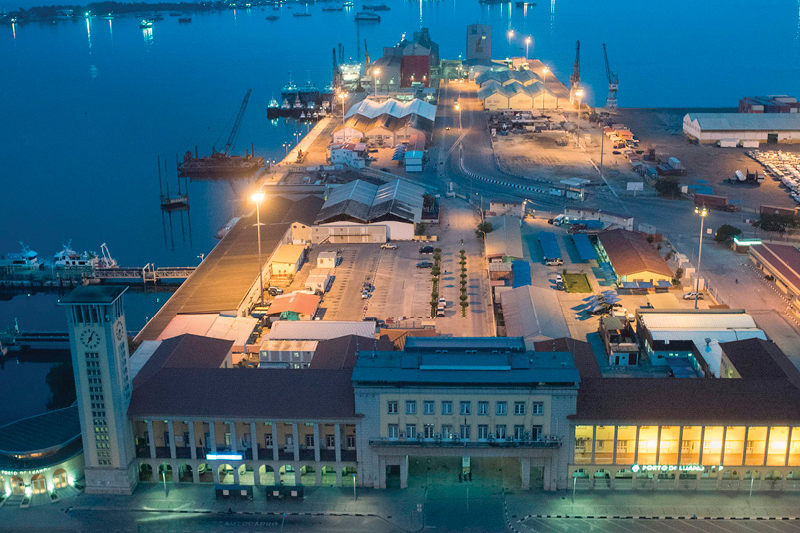
Economic and fiscal challenges of implementing debt relief in Africa.
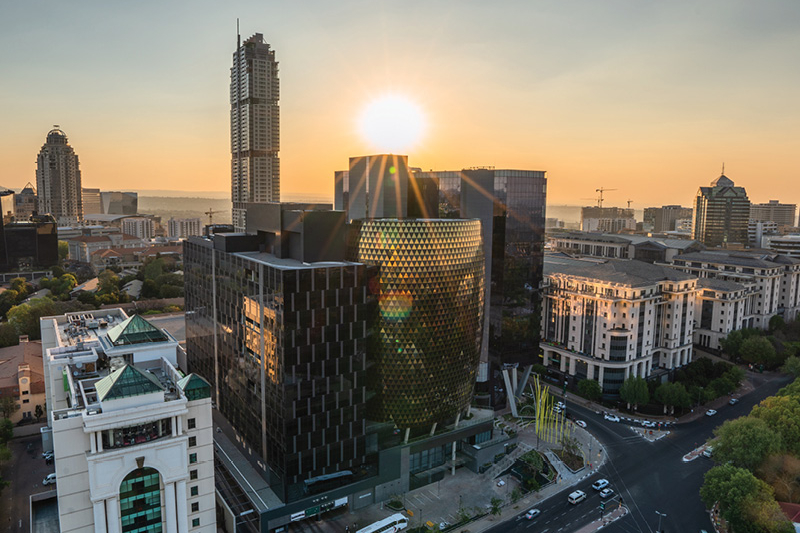
Harmonizing business laws, a revised foreign exchange regulation and introducing a new currency.
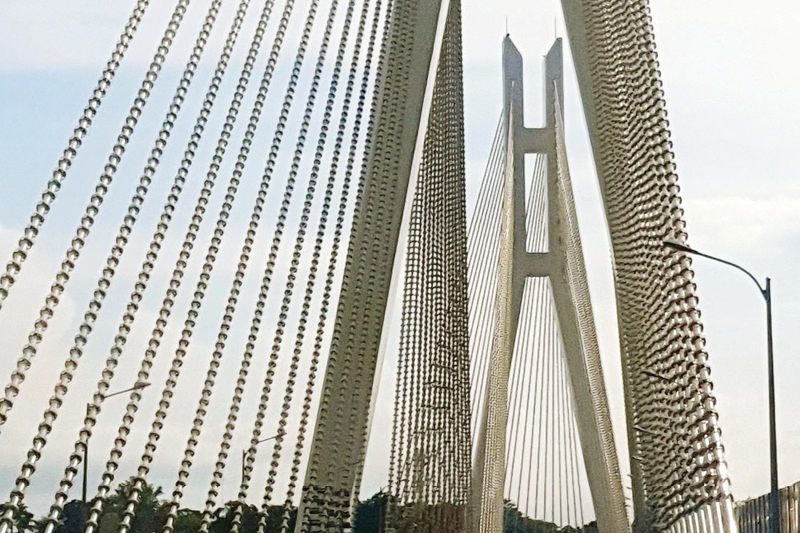
Pay attention to sanctions and debarment risks amid new COVID-19 financing opportunities.
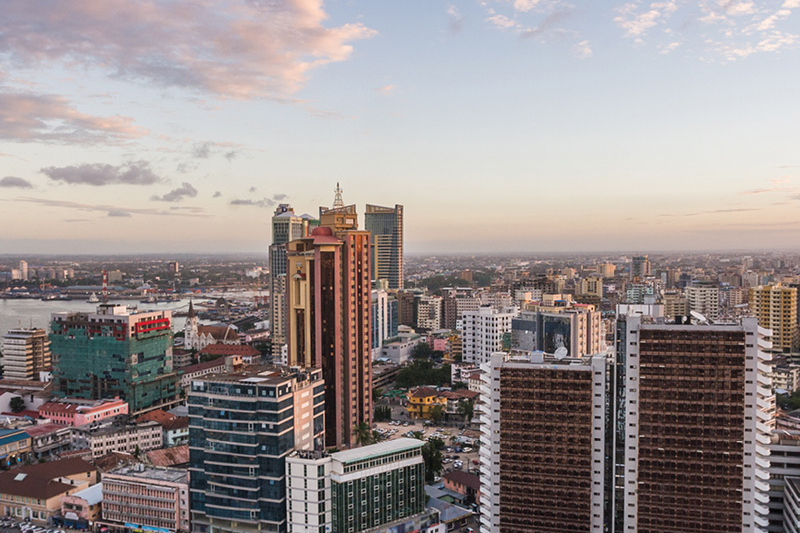
Companies that achieve ESG objectives are more likely to attract investors and customers in a post-pandemic world.

Africa’s arbitration options and caseloads continue to rise.
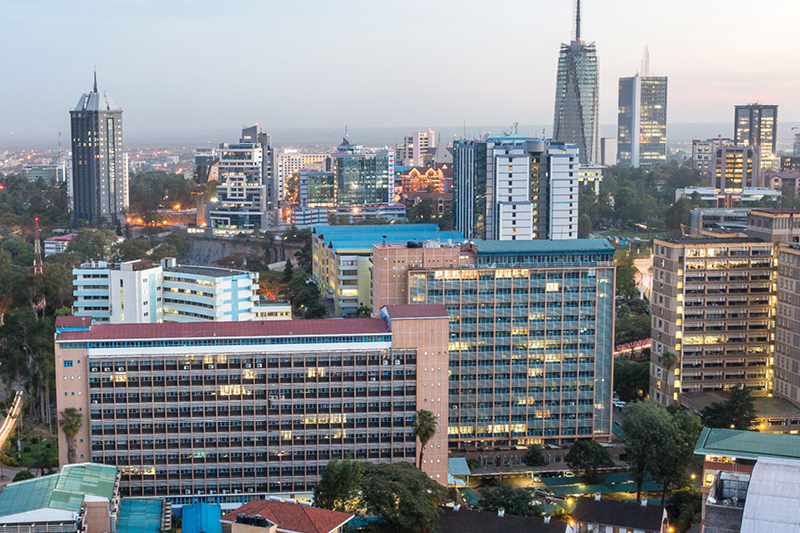
A US$3 billion financing amid a volatile market shows oil & gas projects with strong fundamentals can continue to raise debt.
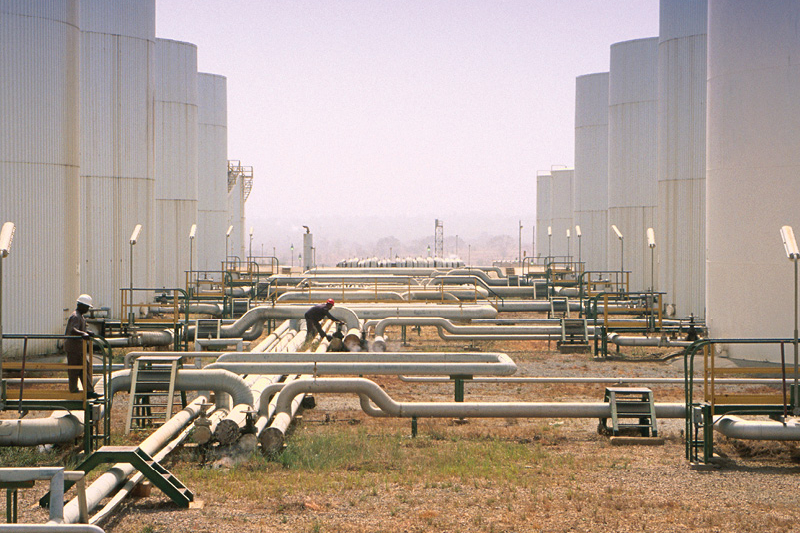
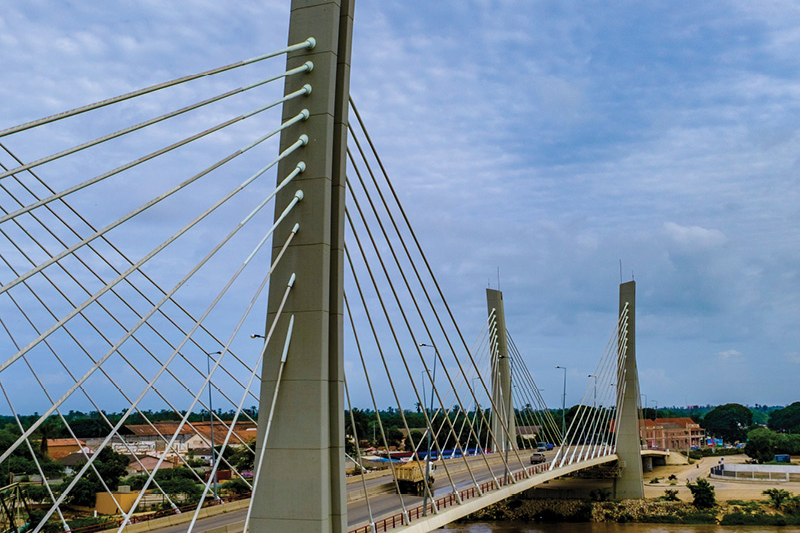
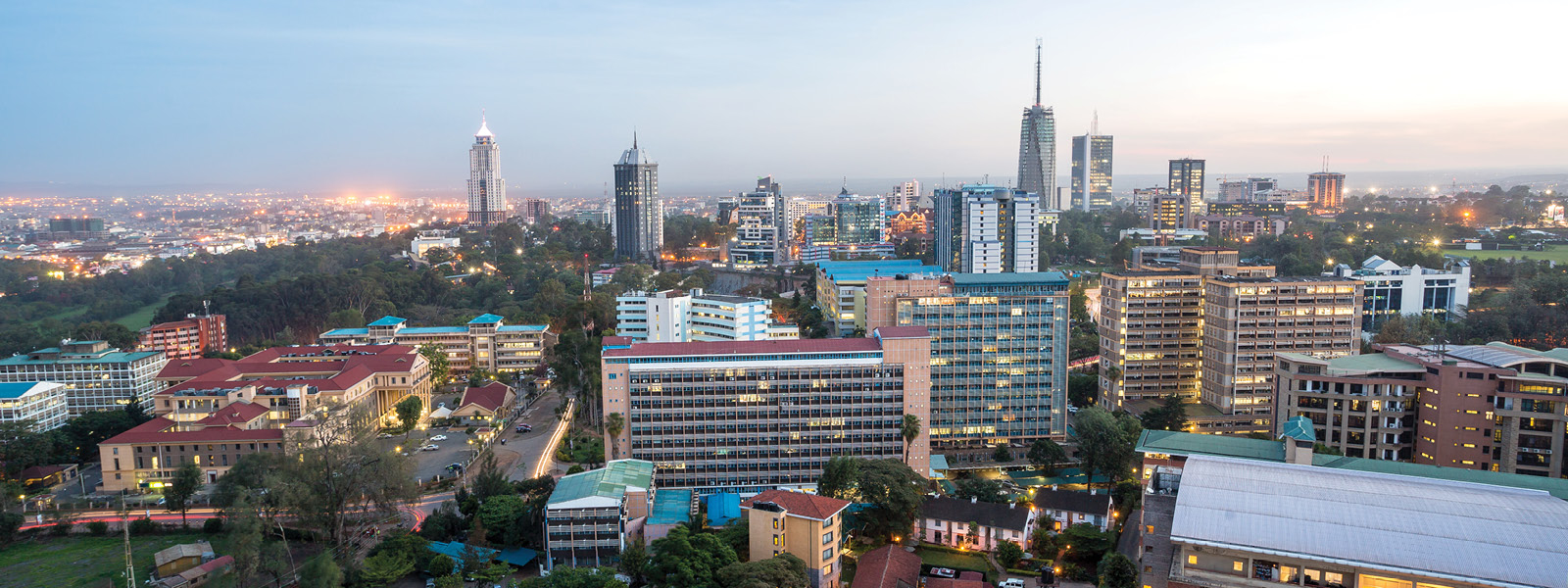
Africa's arbitration options and caseloads continue to rise
Subscribe to receive Africa Focus
By Robert Wheal, Elizabeth Oger-Gross1, Tolu Obamuroh and Opeyemi Longe
International arbitration remains the dispute resolution mechanism of choice for cross-border disputes.2 Although this is a global trend, recent years have seen a significant increase in the use of international arbitration to resolve disputes involving African parties.
According to the International Chamber of Commerce (ICC), 130 parties from sub-Saharan Africa accounted for approximately 5 percent of all parties in its 2019 caseload, with Nigerian (19), South African (13) and Mauritian (10) parties taking the lead. The 2019 caseload for the London Court of International Arbitration (LCIA) shows that African parties were involved in slightly more than 10 percent of the cases (up from 8 percent in 2018).3 In investor-state arbitrations, 15 percent of the 2019 combined caseload at the International Centre for Settlement of Investment Disputes (ICSID) involved disputes from sub-Saharan Africa, while the Middle East and North Africa accounted for 11 percent of disputes.4
This slow, steady rise in the Africa-related caseload of arbitral institutions is not surprising given the institutional support provided, which is crucial in high-value disputes, (in 2018, the average amount disputed in cases referred to the ICC by parties was US$45 million)5 and these arbitration institutions' ability to innovate and adapt to global commercial needs.
Currently, nearly 100 arbitration institutions exist across Africa
Currently, nearly 100 arbitration institutions of various sizes and areas of focus exist across Africa (see Figure 1).
Of course, not all of these institutions will earn strong global or even regional reputations. For the moment, at least, the ICC and the LCIA continue to dominate international arbitration in Africa, as they do international arbitration worldwide (see Figure 2).
In a 2018 survey of almost 800 arbitration practitioners and users by White & Case and Queen Mary University, African respondents chose the ICC and LCIA as the top two institutions. The Lagos Court of Arbitration (LCA) ranked as the highest African arbitration institution, although in sixth place. So, despite the multitude of emerging African arbitration institutions, most African users appear to continue to prefer to resolve their disputes primarily under the auspices of the ICC and LCIA.
The reasons for this are complex and multi-faceted, though this preference is most likely linked to the ICC's and the LCIA's proven track records and substantial experience, which underlie their well-established reputations. The emphasis on reputation, recognition and experience effectively results in a greater weighting towards long-established institutions. This means it may take a long time before newer arbitration institutions in Africa can build their own international following and performance track record.
No matter how high-quality an arbitration institution's administration, it takes a long time for that quality to translate into reputation and then utilization. For example, the Singapore International Arbitration Centre (SIAC) commenced operations in 1991, but did not register 90 new cases in one year until 2006. The number of new SIAC cases increased to 160 in 2009, and SIAC has received a steady inflow of new cases each year since then, with 479 new cases in 2019 (see Figure 2).
The increased number of cases administered by top African arbitral institutions may be a sign that these institutions are coming of age
Recent trends suggest that parties are increasingly using top African arbitration institutions to resolve their disputes.
According to survey respondents in the School of Oriental and African Studies (SOAS) Arbitration in Africa Survey 2020 Report, the top five arbitral centers in Africa are the Arbitration Foundation of Southern Africa (AFSA), the Cairo Regional Centre for International Commercial Arbitration (CRCICA), the Kigali International Arbitration Centre (KIAC), the Lagos Court of Arbitration (LCA), and the Nairobi Centre for International Arbitration (NCIA).6 CRCICA had administered a total of 1,385 cases at the end of 2019, including 82 new cases in 2019 alone.7 AFSA also has a caseload of approximately 60 international matters in addition to its domestic caseload of about 500 matters.8The caseloads of KIAC,9 NCIA10and the LCA are also growing, while the MCCI Arbitration and Mediation Center (MARC), the alternative dispute resolution arm of the Mauritius Chamber of Commerce and Industry, also remains a high profile center. In addition, regional institutions like OHADA's Court of Justice and Arbitration are reformingtheir systems to play a more prominent role as an international arbitration-administering institution. In November 2017, the OHADA Council of Ministers approved an update to the Uniform Act on Arbitration and the Common Court of Justice and Arbitration Rules to reflect recent developments in international arbitration practice.
The increase in the number of cases administered by top African arbitral institutions may be a sign that these institutions are coming of age and developing their reputations. The growth, even if slow, of these institutions shows that users are having good experiences with them, including state-of-the-art facilities11and well-trained work forces dedicated to the efficient management of arbitration disputes. Modern, party-friendly rules that cater to users' needs also reassure parties that their disputes will be resolved in a fair, efficient and transparent manner.
Arbitral rules are one tangible way for arbitral institutions to build a profile internationally. Well-designed, user-friendly rules help demonstrate an institution's credentials as a market leader.
In particular, arbitral institutions should ensure that their rules meet the desire among practitioners and clients for cost-effective redress options. Examples of this include the ability to appoint an emergency arbitrator and the introduction of an expedited arbitration procedure. Appointing an emergency arbitrator generally enables parties to seek urgent relief before a tribunal forms, and thereby take advantage of arbitration quickly, rather than having to rely on courts. An expedited procedure allows for a rapid resolution of simple disputes or, if chosen by the parties, more complex disputes on a condensed timetable. Both recognize the desire among business users for quick, efficient procedures for urgent cases.
Table 1 compares the arbitral rules of the LCIA, the ICC and a selection of Africa's highest- profile arbitration institutions.
As Table 1 shows, the top arbitration institutions in Africa use substantially the same sets of rules as those of the LCIA and the ICC, and they reflect most, if not all, of the latest trends.
The rules of all of the top African arbitral institutions include key metrics for determining the effectiveness of arbitration rules, such as default appointment of arbitrators and time limits for an arbitrator challenge (both designed to protect against recalcitrant parties). They also provide for interim measures to protect the subject of the dispute or to preserve evidence and ensure that arbitration does not become a fruitless exercise. However, some African arbitral institutions need to review their rules to satisfy users' growing appetite for expedited and summary procedures. We understand, for example, that CRCICA and KIAC plan to include expedited rules in their next rule revisions.
Although it is testimony to the quality of manyAfrican arbitration institutions that their rules reflect the latest market practices, it can be challenging to remain abreast of the wishes of arbitral users. Even with already up-to-date rules, it makes sense to reevaluate them, as the LCA, for example, is currently doing. The success of many of these institutions will depend, in part, on whether they are seen as providing innovative solutions to novel challenges. For example, the White & Case 2018 International Arbitration Survey identifies some key improvements that users would like (see Figure 3).
Overall, African arbitration institutions can aim to meet arbitration users' demands by ensuring that their rules continue to adapt to fulfill the particular needs of users in Africa. Although this is a long-term challenge, and reputations are not built overnight, Africa's arbitration institutions appear to be headed in the right direction.
1 Elizabeth Oger-Gross is a member of the Lagos Court of Arbitration's Arbitration Committee
2 Queen Mary University London, 2019 International Arbitration Survey: International Construction Disputes, pp. 8-9; Queen Mary University London, 2018 International Arbitration Survey: The Evolution of International Arbitration, p. 2. (The 2018 survey was undertaken in collaboration with White & Case; the 2019 focuses particularly on construction disputes.)
3 LCIA, 2019 Annual Casework Report, available at file:///H:/Synced%20Folders/Downloads/20014%20LCIA%202019%20Casework%20Report%2028%20May.pdf, p. 11.
4 The ICSID Caseload Statistics, Issue 2020-1, available at icsid.worldbank.org/en/Documents/resources/The%20ICSID%20Caseload%20Statistics%202020-1%20Edition-ENG.pdf, p. 12.
5 ICC at https://iccwbo.org/media-wall/news-speeches/icc-arbitration-figures-reveal-new-record-cases-awards-2018/.
6 The School of Oriental and African Studies (SOAS) Arbitration in Africa Survey 2020 Report: Top African Arbitral Centres and Seats, authored by Emilia Onyema (a Reader in International Commercial Law at SOAS), available at https://eprints.soas.ac.uk/33162/.
7 https://globalarbitrationreview.com/article/1226853/cairo-centre-unveils-case-figures-and-new-advisers
8 https://arbitration.co.za/wp-content/uploads/2019/06/AFSA-Newsletter_JUNE-2019_1.pdf
9 Since it was established in 2012, KIAC has administered 89 arbitration cases involving parties from the United States of America, Italy, South Africa, Kenya, Korea, Turkey, Burundi, Nigeria, Pakistan, Senegal,
Spain, Switzerland, Singapore, France, Zambia, Uganda, India, China and The African Union.
10 NCIA registered 14 new cases during 2018-2019, bringing the total number of cases administered by the institution from its inception in 2013 to about 30. See https://www.ncia.or.ke/wp-content/uploads/2019/08/2019-Annual-Casework-Report.pdf
11 For example, the LCA, CRCICA, KIAC, AFSA and others have hearing rooms equipped with appropriate furniture, internet connectivity, microphones, stenograph, audio/visual, transcription equipment as well as user-friendly websites.
12 Available in Article 11 of the Draft Rules, which will come into operation in September 2020. See https://arbitration.co.za/wp-content/uploads/2020/07/200701-AFSA-IA-Rules-for-public-consultation.pdf
13 Article 35.1 of the LCA's Expedited Rules 2018 includes a time limit of one month from the closure of the Proceedings.
This publication is provided for your convenience and does not constitute legal advice. This publication is protected by copyright.
© 2020White & Case LLP